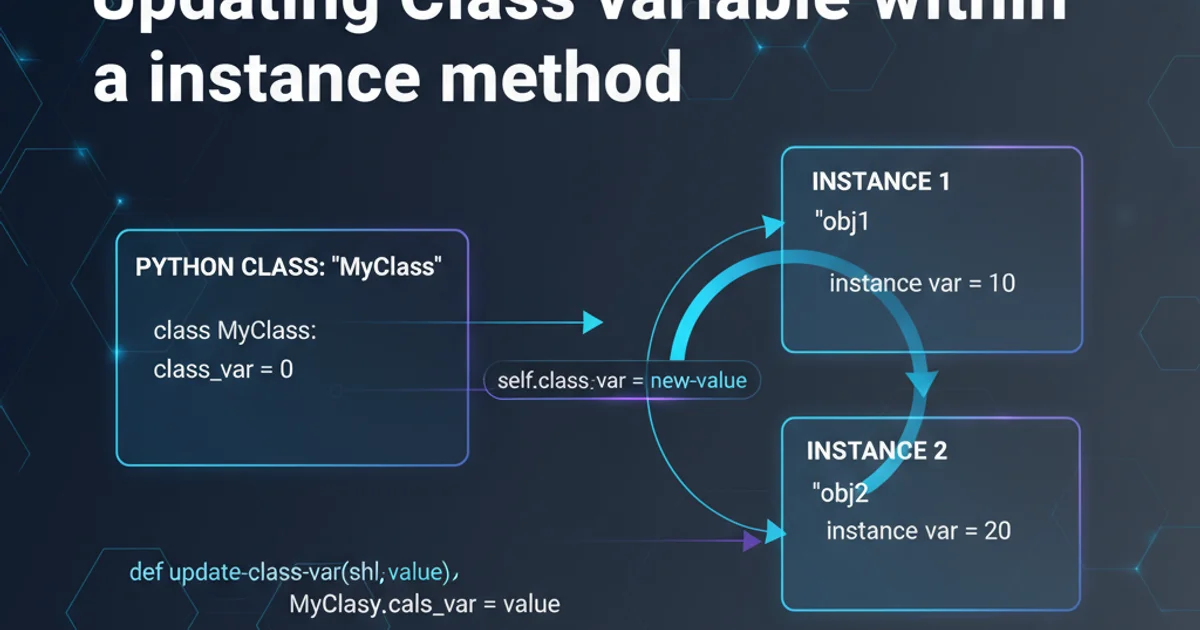In Javascript, can I use a variable before it is declared?
Categories:
Understanding Variable Hoisting in JavaScript: Can You Use a Variable Before It's Declared?

Explore JavaScript's hoisting mechanism, how it affects variable declarations (var, let, const), and the implications for code execution and common pitfalls.
JavaScript's execution model can sometimes be counter-intuitive, especially when it comes to variable declarations. A common question among developers, particularly those new to the language, is whether a variable can be used before it is formally declared in the code. The answer is nuanced and depends heavily on how the variable is declared (var, let, or const) due to a core JavaScript concept called hoisting.
What is Hoisting?
Hoisting is a JavaScript mechanism where variable and function declarations are moved to the top of their containing scope during the compilation phase, before the code is executed. This means that the JavaScript engine processes declarations first, making them available throughout their scope, even if their actual declaration appears later in the code. However, it's crucial to understand that only the declaration is hoisted, not the initialization.
flowchart TD
A[Code Parsing Phase] --> B{Identify Declarations}
B --> C[Hoisted Declarations to Top of Scope]
C --> D[Code Execution Phase]
D --> E{Variable/Function Usage}Simplified Hoisting Process in JavaScript
Hoisting with var
Variables declared with var are fully hoisted. This means their declaration is moved to the top of their function scope (or global scope if declared outside a function) and they are automatically initialized with undefined. You can access a var variable before its declaration, but its value will be undefined until the line of code where it's actually assigned a value is executed.
console.log(myVar); // Output: undefined
var myVar = 'Hello, var!';
console.log(myVar); // Output: Hello, var!
function example() {
console.log(funcVar); // Output: undefined
var funcVar = 'Inside function';
console.log(funcVar); // Output: Inside function
}
example();
Demonstration of var hoisting and undefined initialization.
var hoisting allows access before declaration, relying on this behavior can lead to confusing bugs, as the variable's value will be undefined. It's generally considered a best practice to declare variables at the top of their scope or before their first use.Hoisting with let and const
Variables declared with let and const are also hoisted, but they behave differently from var. Their declarations are hoisted to the top of their block scope, but they are not initialized with undefined. Instead, they enter a 'Temporal Dead Zone' (TDZ) from the start of their block until their declaration is processed. Attempting to access a let or const variable within the TDZ will result in a ReferenceError.
// console.log(myLet); // ReferenceError: Cannot access 'myLet' before initialization
let myLet = 'Hello, let!';
console.log(myLet); // Output: Hello, let!
// console.log(myConst); // ReferenceError: Cannot access 'myConst' before initialization
const myConst = 'Hello, const!';
console.log(myConst); // Output: Hello, const!
Illustrating the Temporal Dead Zone (TDZ) for let and const.
flowchart TD
A[Block Scope Start] --> B{Variable Declared with let/const}
B -- TDZ --> C[Attempt to Access Variable]
C -- Access before declaration --> D(ReferenceError)
B -- Declaration processed --> E[Variable Initialized]
E -- Access after declaration --> F(Success)Temporal Dead Zone for let and const
let and const helps catch potential errors early by preventing access to uninitialized variables. This behavior makes code more predictable and is one of the reasons let and const are preferred over var in modern JavaScript development.Hoisting and switch Statements
A common scenario where hoisting can be particularly tricky is within switch statements, especially when using let or const. Each case block within a switch statement does not create a new block scope for let and const variables. The entire switch statement forms a single block scope. This means if you declare a let or const variable in one case, you cannot redeclare it in another case within the same switch statement, even if they are mutually exclusive paths.
let x = 1;
switch (x) {
case 1:
let message = 'Case 1 executed';
console.log(message);
break;
case 2:
// let message = 'Case 2 executed'; // SyntaxError: 'message' has already been declared
console.log('Case 2');
break;
default:
console.log('Default case');
}
// To avoid the redeclaration error, you can use block scopes within each case:
switch (x) {
case 1: {
let message = 'Case 1 executed (scoped)';
console.log(message);
break;
}
case 2: {
let message = 'Case 2 executed (scoped)';
console.log(message);
break;
}
default:
console.log('Default case');
}
Handling let/const declarations within switch statements to avoid redeclaration errors.